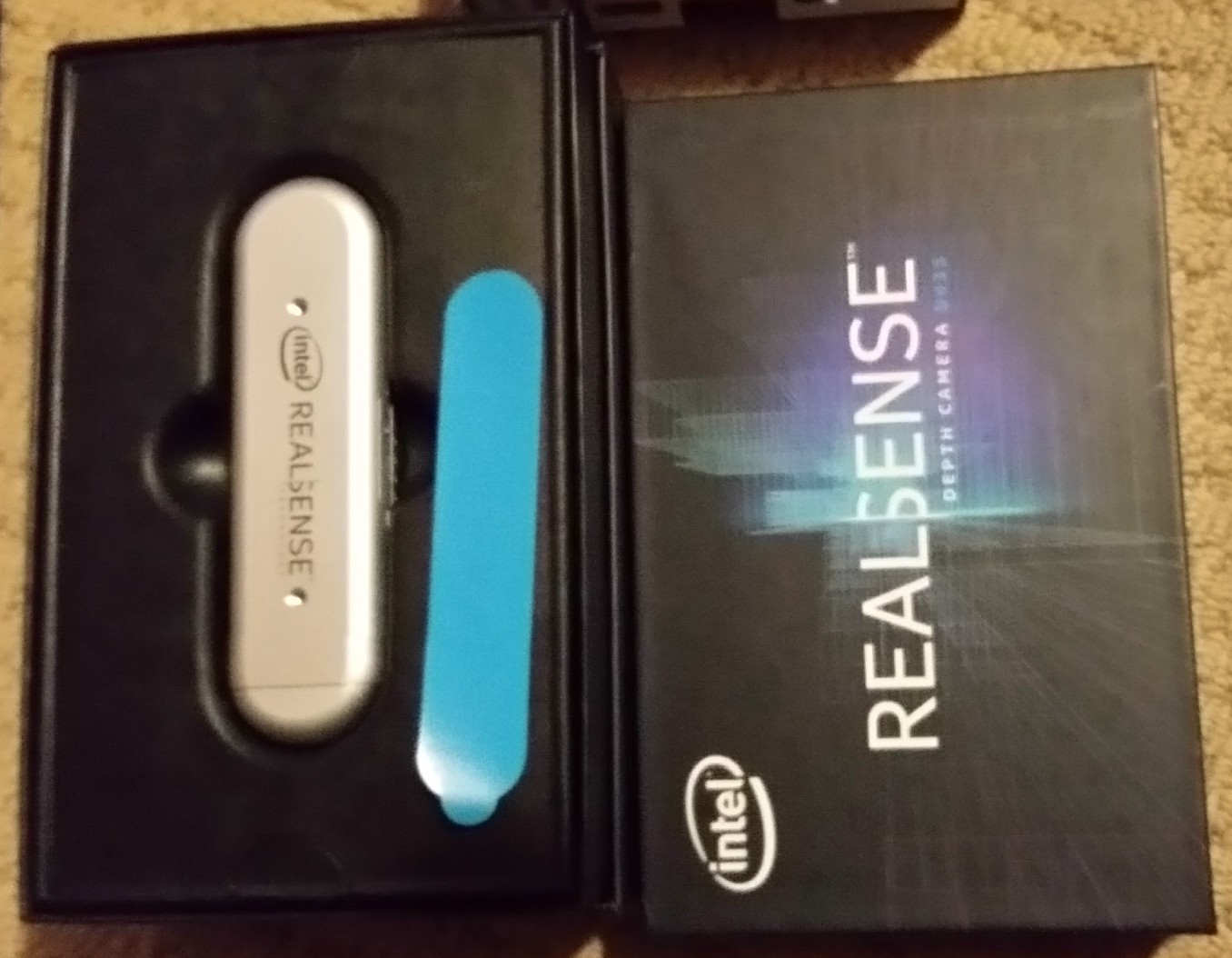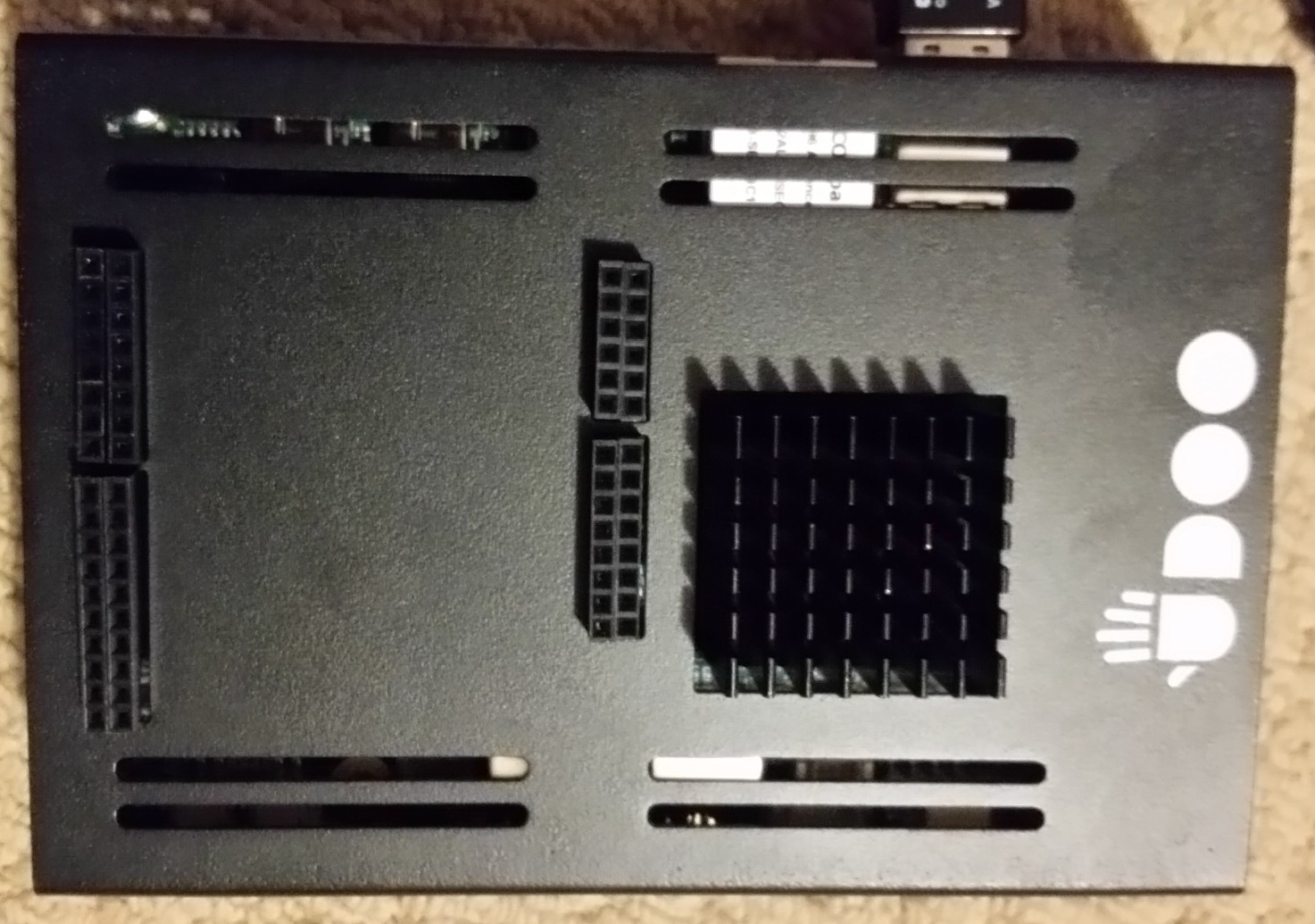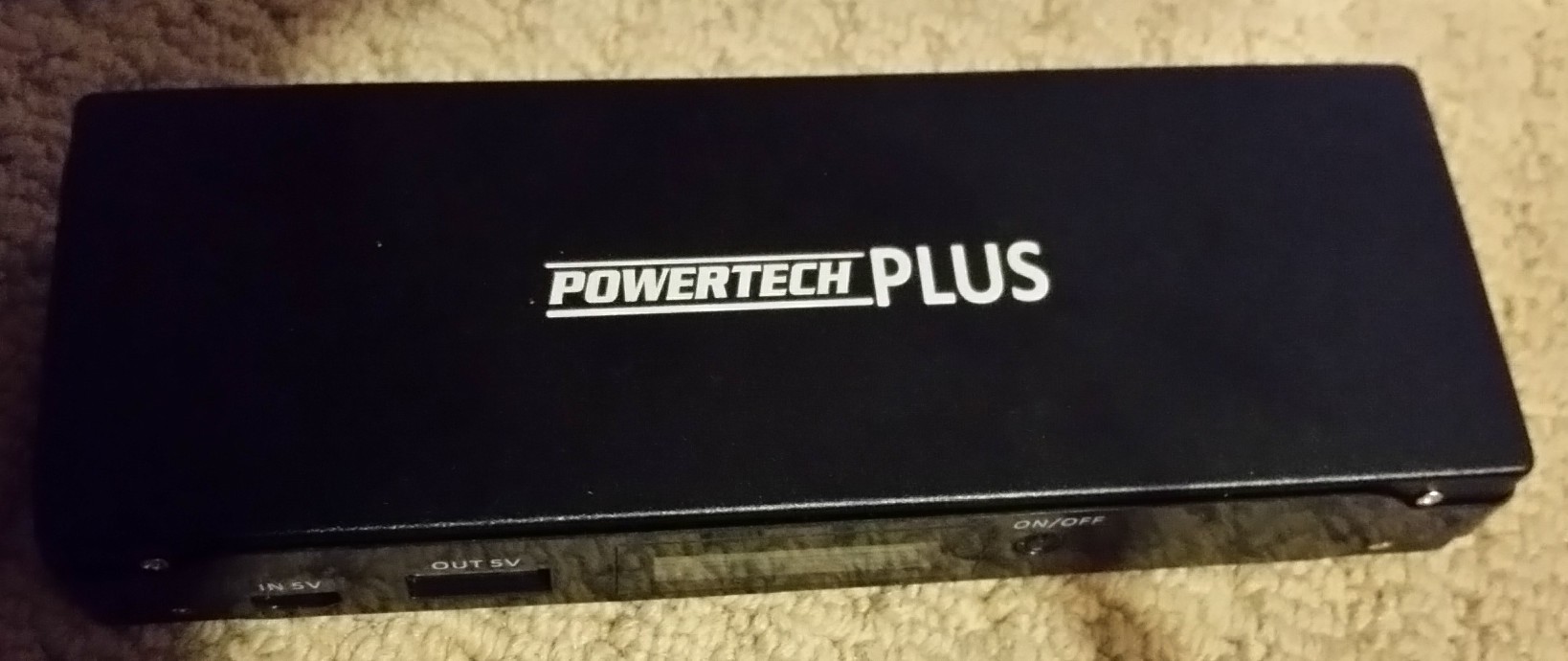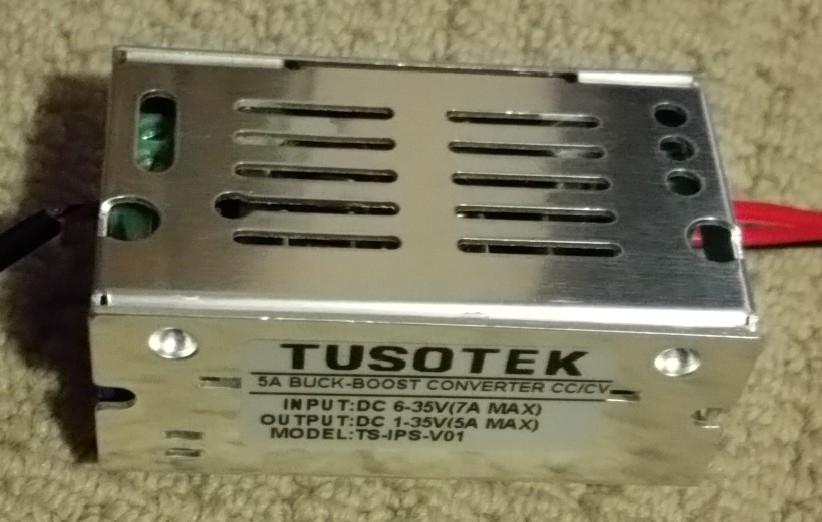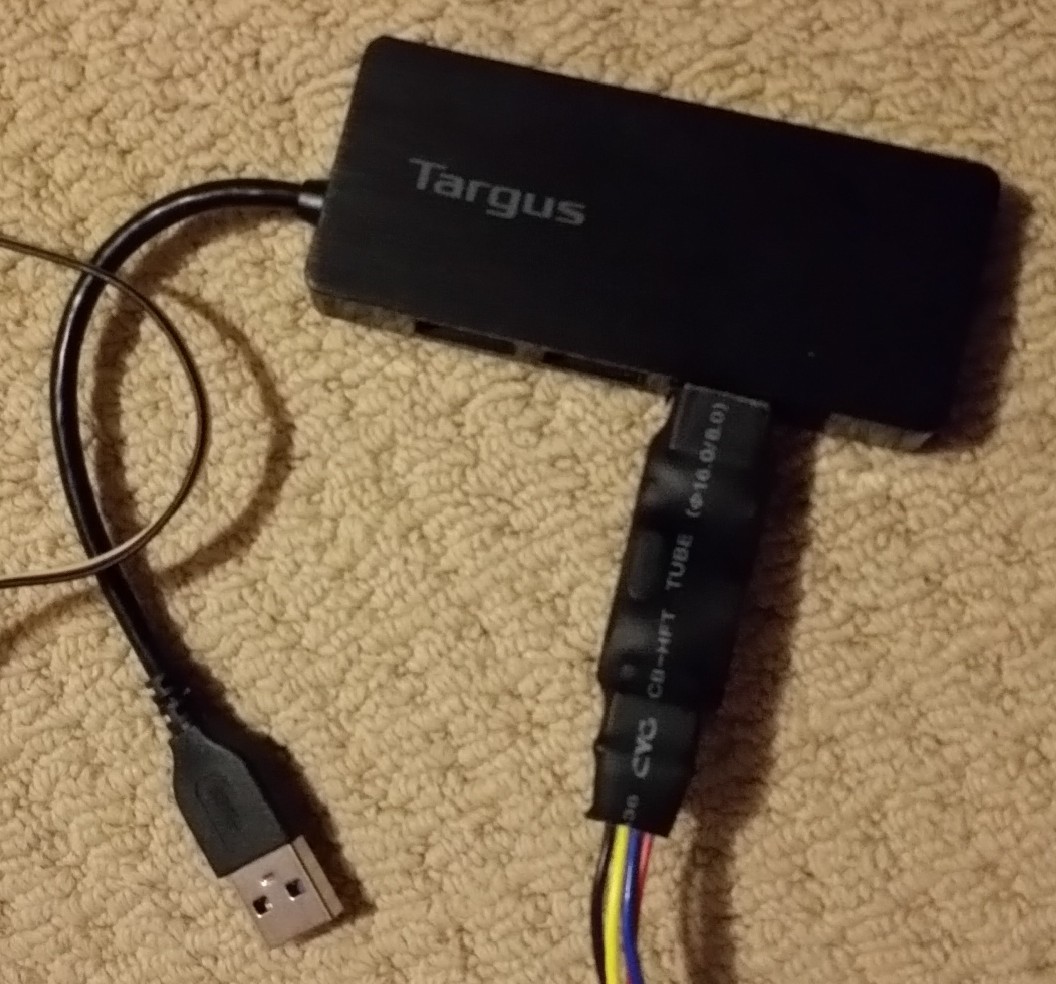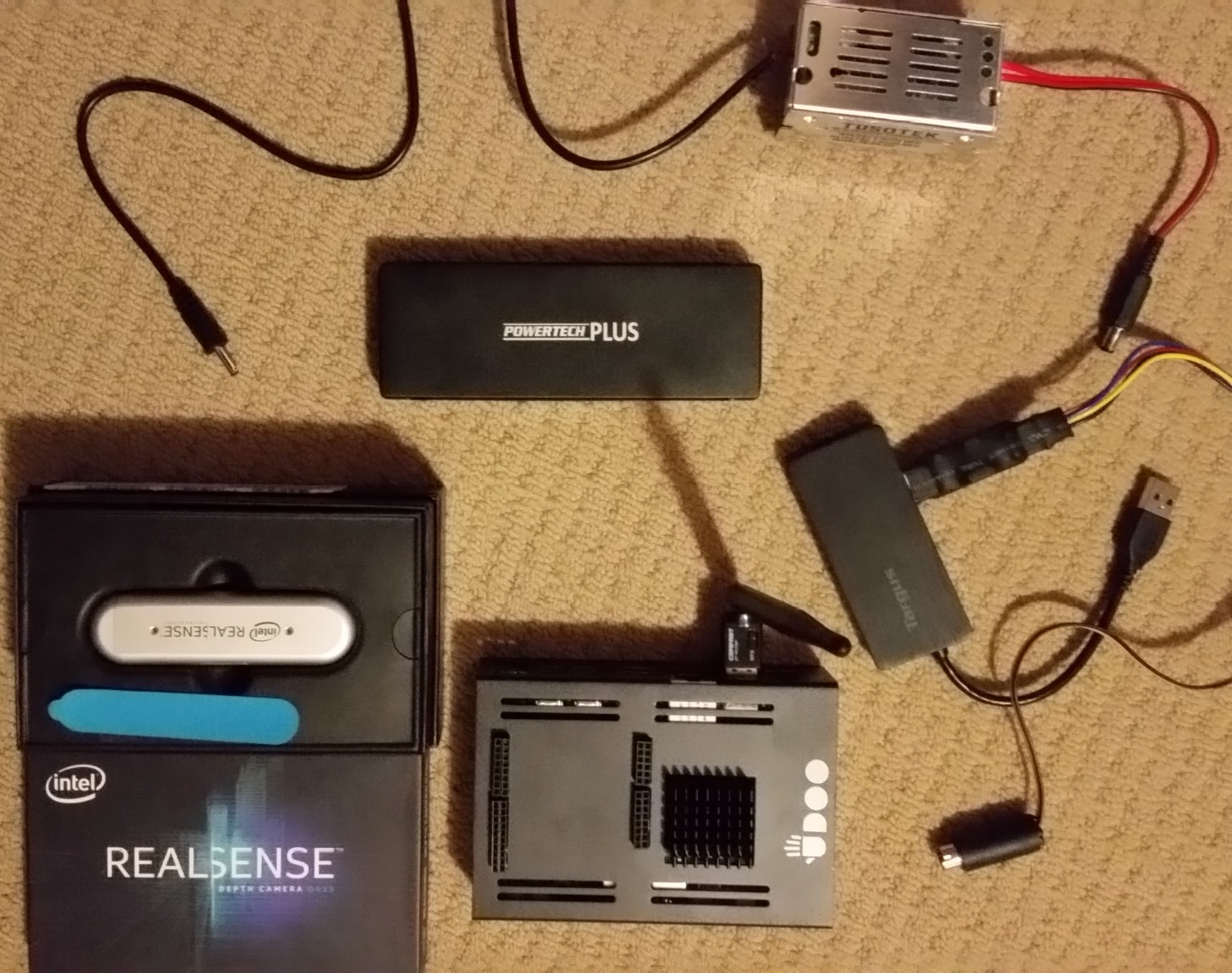-
Robot fail...
06/22/2019 at 10:25 • 0 commentsThis is what happens when both Obstacle detection and Navigation systems fail at the same time.
-
June 15th 2019 Issues
06/15/2019 at 04:01 • 0 commentsMy agenda this week, we'll see how much I get done!
Issue Intended Solution Poor adherence to planned path. Calculate the curvature of the bezier slightly in front of the robots current position. Poor adherence to planned path. Convert route gradient to a fixed path. Poor detection of objects via depth camera. Come up with or change to a new algorithm for locating edges in the point cloud. Erratic turning. Stabilize the turn radius via making adjustments to the radius over half a second period at 100ms intervals, Slow reaction time to new obstacles. Run the route planner on demand when there is a change detected in the environment rather than on a set frequency. Inconsistent perception of position and size of objects detected via the point cloud. This is in part because of the broken Intel Realsense integration to OpenNI2 and my inability to compensate for it using the available information provided by the OpenNI2 API. Rather than track via an occupancy grid, move to tracking objects and noting their size and location. Subsequent observation would update the size and location for an object with a suitably near match of location and size, thus over time improving the accuracy of the perceived size and location of the object. Update the gallery picture to a more current build of the robot Self explanatory really. Any tips, suggestions or questions gratefully received.
-
Rebuild video with udoo x86 and D435 realsense
01/20/2019 at 22:01 • 0 commentsHere is the rebuild video, with a short demo at the end. I'm still working on some software issues processing the point cloud data from the depth camera.
-
Rebuild video with udoo x86 and D435 realsense
01/20/2019 at 22:01 • 0 commentsHere is the rebuild video, with a short demo at the end. I'm still working on some software issues processing the point cloud data from the depth camera.
-
Rebuild video with udoo x86 and D435 realsense
01/20/2019 at 22:01 • 0 commentsHere is the rebuild video, with a short demo at the end. I'm still working on some software issues processing the point cloud data from the depth camera.
-
Robot upgrades…
01/04/2019 at 10:54 • 0 commentsMy robot is getting a serious upgrade.
Why? I decided that I couldn’t effectively avoid obstacles that the LIDAR couldn’t see using the Astra depth camera because it’s minimum point could range is 60cm.
This then caused me to find a depth camera with a shorter minimum range and I found the Intel Realsense D435. The D435 has a minimum depth range of 10cm at lower resolutions and 20cm at higher resolutions.
![]()
This led me to the next problem, the Realsense camera requires USB3 and the SDK doesn’t have ARM support either, making the Raspberry PI a problem. This led me to search for a replacement processor that supports USB3 and is X86… and the winner is UDOO X86.
![]()
The UDOO requires 12V at up to 3 Amps, I bought a 12Volt battery power bank…
![]()
I soon realised that the power bank could operate at 12,16 or 19 volts and as it only has a single button to turn it on, off and select the voltage, it would be possible to accidentally select a higher voltage when turning it off. This was an unacceptable risk as the UDOO requires 12V +- 5%, which led to the next search – for a 12 Volt buck/boost regulator.
![]()
The next challenge was a shortage of USB ports I need 4, but the UDOO only has 3 although this was an easy one to solve.
![]()
Given that all my code is written in Java, the move from Raspberry PI to UDOO X86 is effortless for my code. But the Realsense D435 depth camera doesn’t have much in the way of Java support and I had already sunk some effort into integrating with OpenNI2 for the Astra camera. The Realsense libs do support OpenNI2 – this sounded like an easy fix, but as it turns out it requires manually building the OpenNI2 & Realsense SDK. I cheated a little and used the binaries for the OpenNI2 build, which caused me some other problems but after about 3 or 4 hours and a firmware update for the Realsense, it was working.
The next problem is how to house all this new hardware
![]()
I’m building a new platform for the hardware to sit on top of the Roomba. As the Realsense is much smaller I’ll be able to condense it into just 2 layers. I started with a couple of MDF cake bases from the local bargain shop. I added a slot into the lower one to allow access to the Roomba’s buttons. I’ve also used some cupboard handles to act as stand offs to hold the platform above the Roomba with enough clearance for the Roomba Serial din plug, I didn’t want to bring the din plug though the platform to allow more clear space for all the hardware to sit on the bottom platform.
To be continued…
-
Bezier curves for smooth paths and obstacle avoidance
12/16/2018 at 10:54 • 0 commentsThe navigation system was previously creating paths with abrupt turns in them, in this video you can see that I've used Bezier curves to smooth out the paths.
Although it doesn't quite get it right first time, there is an additional short term route planner (the red line) designed to plan around local obstacles that are not present in the map. This planner re-plans the next few meters every second.
There is one further improvement here, the robot no-longer navigates in local maps and as a result doesn't have to stop constantly to switch maps.
The robot still drives quite conservatively (slow) when near obstacles, as can be seen.
-
Navigator refinement and Particle filter fix
09/30/2018 at 06:34 • 0 commentsIn this video you can see that the route planner (left side) plans a route staying well away from walls, corners and other obstacles.
The regular pauses in the robots travel happen when it swaps out the particle filter map (right side) for next local map in the path.
Towards the end of the video you can see the particles (right side, red dots) of the particle filter spread out when the robot is travelling quickly (50cm/second) down the hall way. This is the maximum documented speed of the Roomba.
The map was built on the fly (SLAM) although I didn't include that in this video.
In the past few weeks I've identified a bug in the particle filter, where the re-sample was done before the update leading to continual jitter in the output of the particle filter.
I also spent some time improving the route planner, it now correctly calculates a cost with relation to passing near or nearer to obstacles, resulting in a path which does a good job of staying away from obstacles, walls and corners.
I still intend to add another layer on top of the route planner to take into account the latest Lidar scan and navigate around transient objects.
-
Orbbec Astra depth camera
07/01/2018 at 22:39 • 0 commentsI have now written code to acquire data from the Orbbec Astra depth camera.
My initial experiments were with Orbbecs SDK, and after about 6 hours was getting usable data via the Java API. I posted those details to the orbbec forums.
Alas I moved my code to the Raspberry pi, only to discover there is currently no support for Arm/Linux in the Orbbec SDK.
Next i moved to OpenNI2 and after about 4 more hours, i had usable depth data on the Raspberry pi. I also posted that code to the Orbbec forums.
A nice thing the astra does by default is remove the ground plane which greatly simplifies data processing.
I took the depth data and flattened it buy removing the height data, giving effectively a top down view similar to LIDAR.
The Astra can not give depth data any closer than 60cm, which will really stop me from using it the way i intended. Fortunately i acquired the used Astra cheaply, so i have ordered an Intel Realsense that can give depth data as close as 10cm.
-
Mapping Improvements
05/15/2018 at 11:30 • 0 commentsThis week I managed to find a bug in the code which initializes the particle filter when moving between maps.
This has enabled extended runs without the robot becoming lost in the simulator, and my general experience is that the real robot actually performs better due to the greater detail available in the real world.
Progress has also been made on placing constraints between maps, although it is appearing that the positional accuracy when moving between maps is worse that when creating them. As a result I'm considering only adding additional constraints between maps with very distant constraints such as for loop closure.
Autonomous SLAM with a Roomba
Autonomous robot performing SLAM using a Roomba, Raspberry pi, RPLidar and a laptop for the UI and heavy CPU work.
 rlsutton1
rlsutton1